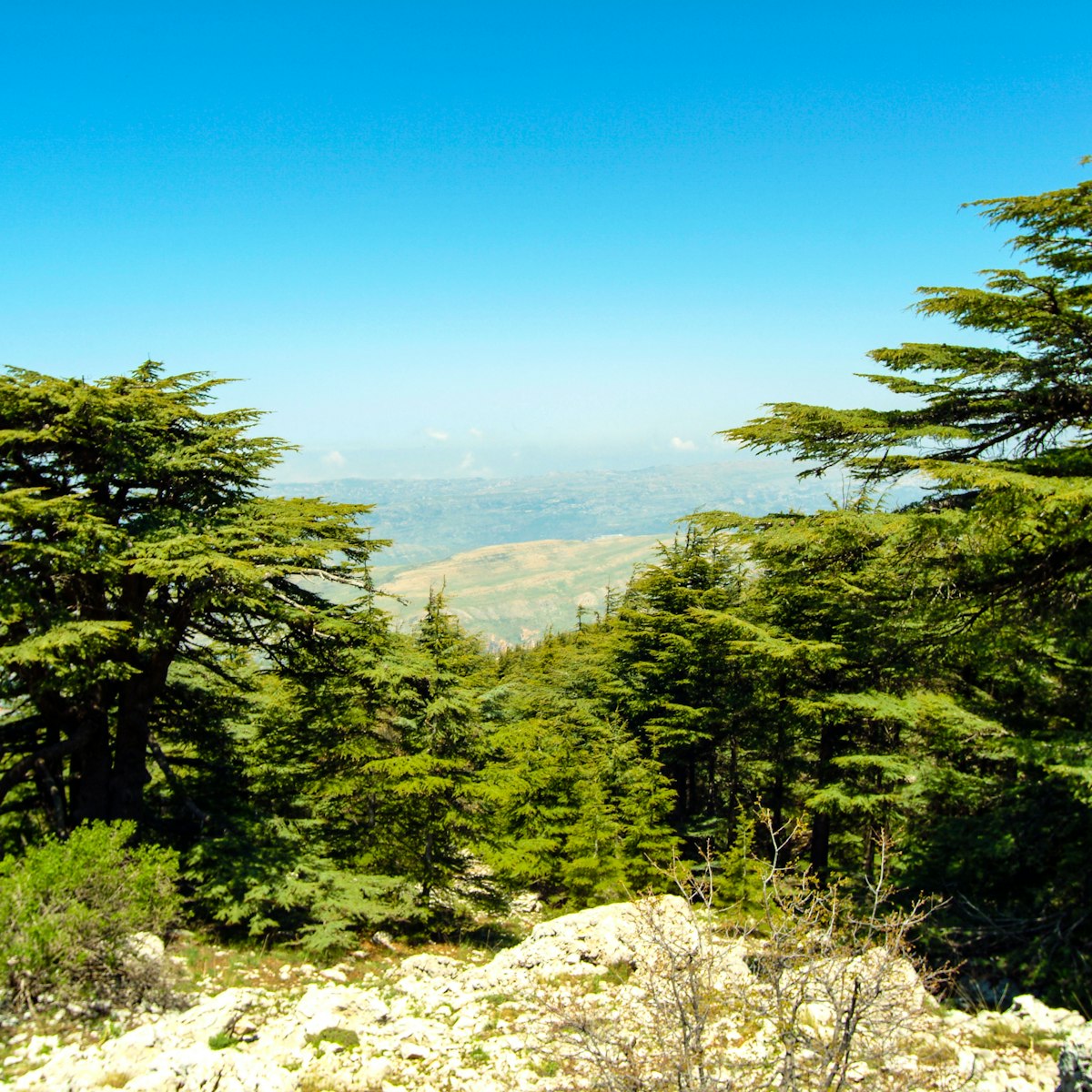One of the Middle East's greatest natural wonders, the stunning Jeita Grotto cave system extends around 6km into the mountains 18km, northeast of Beirut. The simply extraordinary upper cavern, accessed via a cable car from the ticket office, has strategically positioned coloured lights that showcase the stalactites and stalagmites in all their crystalline glory. The flooded lower caves, reached via a tacky toy train, are explored by rowing boat and are closed when the flood levels rise too high.
Discovered in 1836 and opened as a tourist attraction in 1969, the caves were used as an ammunition store during the civil war, despite the flooding from the Nahr El Kalb (or Dog River) for which they form the source.
Bear in mind that there’s no photography allowed: you can stow your camera in lockers at the mouth of the caverns. The ticket price includes the toy train and cable-car rides, grotto entrance and a 20-minute video presentation about the caves (screened at different times of the day in English, French and Arabic). Allow 90 minutes for your visit. There's also a tourist office here.
To get to the grotto, take a minibus (LL1500) or LCC bus 6 (LL1500) from Dawra and ask the driver to drop you at the Jeita turn-off on the Beirut–Jounieh Hwy. From here, negotiate a return price with a waiting taxi for the 5km journey (around US$15 to US$20, according to demand), and make sure to figure in waiting time. Alternatively, a return taxi trip from Beirut should cost around US$60 including waiting time.







